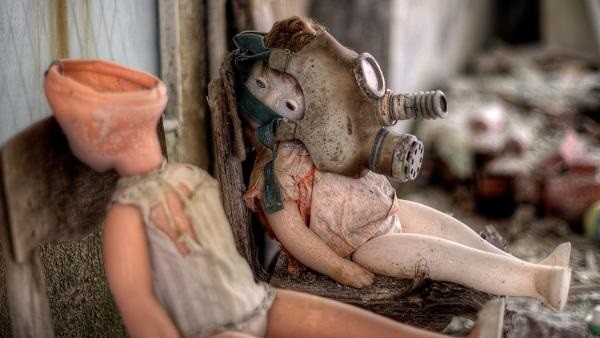The Chernobyl Nuclear Power Plant caught fire and released enough radiation into the surrounding area to force human populations to abandon the area in 1986. The site of the world’s worst nuclear accident was cordoned off from humans by the Chernobyl Exclusion Zone. Jim Smith of the University of Portsmouth in the United Kingdom and colleagues are the first to document the return of native wildlife to the Chernobyl site in the edition of the journal Current Biology.
Immediately after the disaster, the majority of animals suffered from radiation poisoning and the 5,200 square kilometer area around the nuclear plant was thought to be permanently lost to habitation by animals. The researcher counted the numbers of elk, roe deer, red deer, wild boar, and wolves in the Chernobyl Exclusion Zone and found a massive population growth over time. The number of animals that presently inhabit a location that no one ever expected to be habitable again is the same or larger than that of nature preserves in Russia used for population comparisons. The number of wolves around Chernobyl is seven times greater than other nature preserves in the study.
The researchers do not attribute the growth in animal populations around Chernobyl to the direct results of the remediation efforts of the Russian Government. The animals returned and thrived because humans no longer inhabited the area. The researchers claim that animals are more resilient to the effects of a nuclear disaster than they are to the behaviors of humans. No measure of radiation exposure that the animals around Chernobyl are exposed to at present was included in the study.















